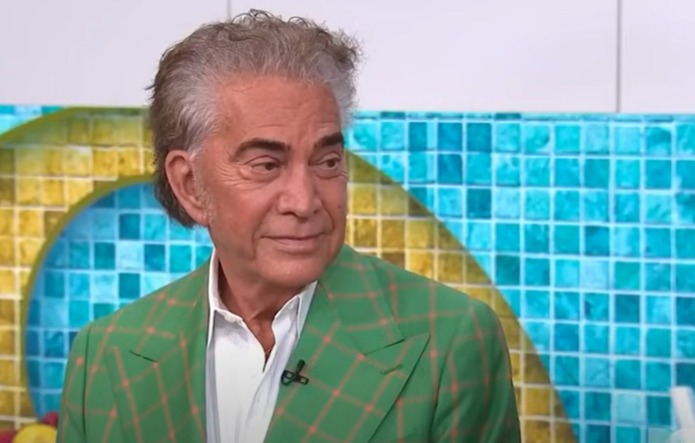It turns out that a well-known portrait attributed to the painter Francisco de Goya is actually by another artist.
The work is being shown for the first time in 60 years in Barber de Birmingham Institute To everyone’s surprise, he asserted that the composition of the canvas on which an elderly woman was depicted – whose identity is unknown – was not painted by the famous Spanish artist, but by Puerto Rican.
The painting – now known – is by José Campeche, one of the leading figures in Puerto Rican arts. He was born in San Juan in 1751, to a freed father and a woman from the Canary Islands. He died in 1809.
In addition to being a painter, he was a musician and “learned at an early age the crafts of his family,” they explain from Art Museum of Puerto Rico which displays some of his works.
Campeche Latinidad and philosophy studied at the Royal Convent of the Dominican Fathers, and between 1776 and 1778 the Spanish court painter Luis Barry Alcázar was one of his teachers. The man arrived on the island exiled by King Carlos III and taught the young Campeche his arts.
According to the museum, Campeche was “a self-taught and versatile artist. He cultivated music, architecture, topography, armor design, and musical instrument making. He mainly developed paintings on a religious theme and portraits”, among them the portrait of an elderly woman.
His work in the Rococo style shows an attention to detail and ornament, dominating the bluish-gray and pink palette that he absorbed from his mentor Barrett. Francisco de Goya is also considered a rococo artist who was almost contemporary. Goya was born in 1746 and died in 1828.
The author of the painting was revealed after an investigation that began with the letters that accompanied the purchase of the painting in 1940. The letters signed by the Aragonese painter to his mother turned out to be false, a fact that Fatima Vicente Cordero put forward. Alert, researcher at the University of Navarra, according to newspaper El Español.
In the investigations that preceded the discovery, many professionals from various American and English galleries and museums intervened with the intention of finding out the true author of the picture.
Among the researchers, Dr. Michael Brown San Diego Museum of Art; Rosario Granados from Blanton Museum of Art in Texas, and Xanthe Brooke, a former contributor to Liverpool Museum.
Investigators were sealing off the fence at Campeche until the executive director of the Hispanic Association, Guillaume Kintz, confirmed that the painting was his painting and not a linguist.
Campeche’s great mastery lies in his mastery of portraiture and miniatures, a characteristic that made him one of the most prominent painters of Latin America at the end of the eighteenth century.
The director of the Barber Institute Collection, Robert Winley, said of the painting: “It would be great to see what the public could interpret from this astonishing work, about the more ‘supposedly’ refined English and French portraits in the Beige Gallery.”
“It will provide visitors with a unique insight into the qualities of colonial portraiture and its relationship to Spanish fine art,” he said.
Although the identity of the old woman being portrayed is not known, she presents a “mysterious and powerful appearance that together with her delicate and delicate color palette, makes an image worthy of admiration and pleasure”, which the world now knows bears the signature of Puerto Rico.




:quality(85)/cloudfront-us-east-1.images.arcpublishing.com/infobae/V3QWOM7KOJAZZPH4BLWVE4RLJ4.jpg)
